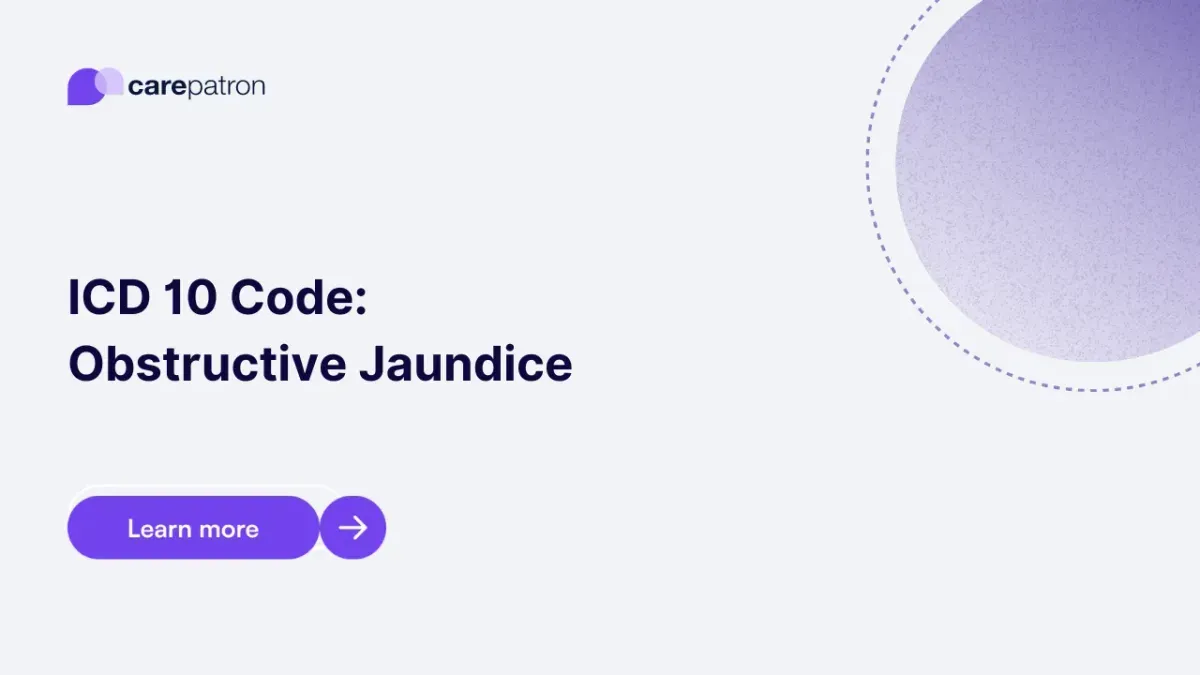
Obstructive Jaundice ICD-10-CM Codes | 2023
Explore common ICD-10 codes for obstructive jaundice, including clinical descriptions and billability. Ensure accurate diagnosis coding.
Use Code
Commonly asked questions
Use an Obstructive Jaundice ICD code when a patient's medical record includes a documented diagnosis of obstructive jaundice. Ensure accurate coding to reflect the underlying cause and clinical context.
Yes, obstructive jaundice diagnoses can be billable, but billability depends on the specific circumstances, documentation, and payer policies.
Common treatments for obstructive jaundice include surgical interventions (tumor resection, gallstone removal), endoscopic procedures (ERCP, stent placement), and addressing the underlying cause, such as managing infections or inflammation.
EHR and practice management software
Get started for free
*No credit card required
Free
$0/usd
Unlimited clients
Telehealth
1GB of storage
Client portal text
Automated billing and online payments
